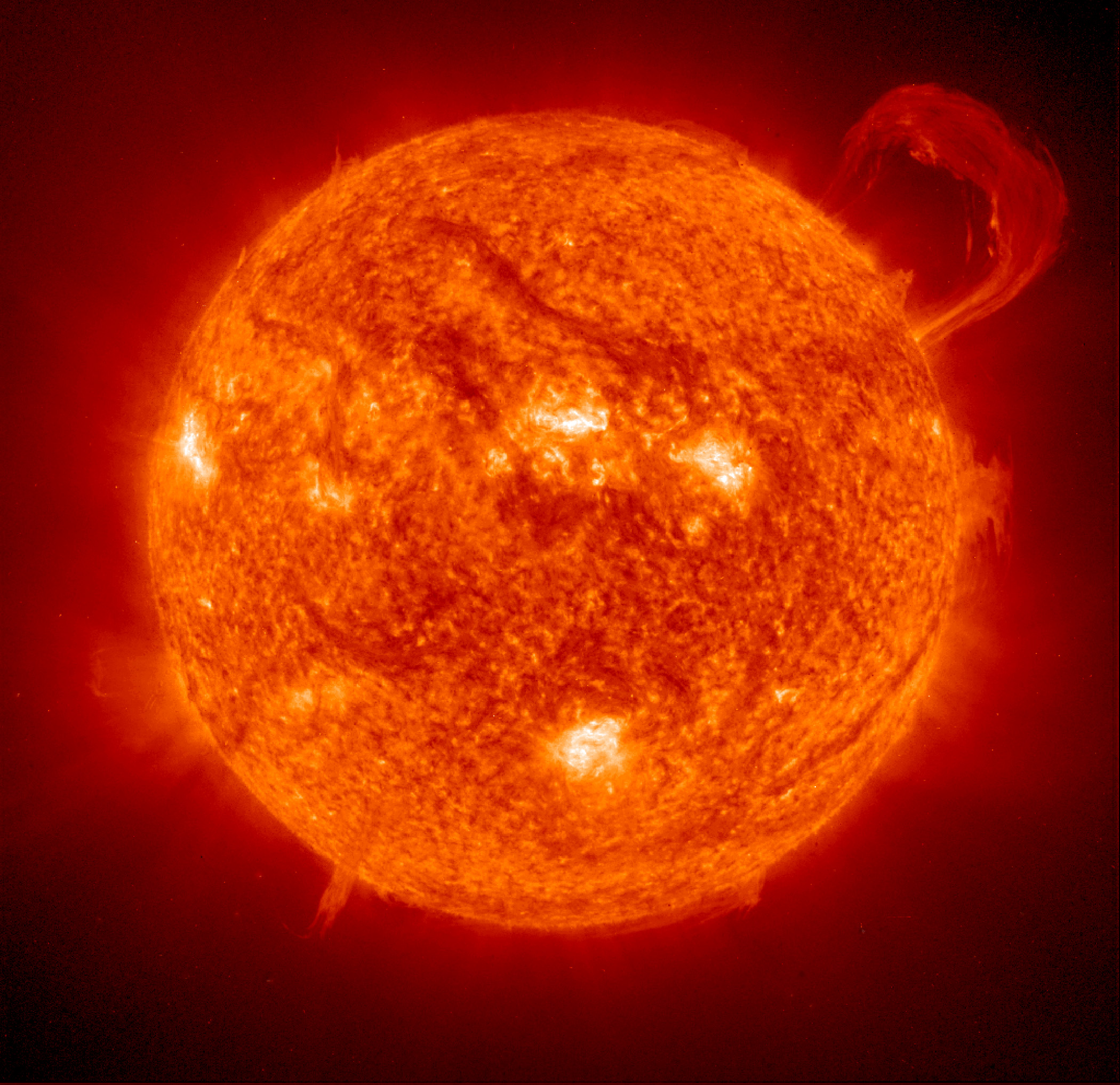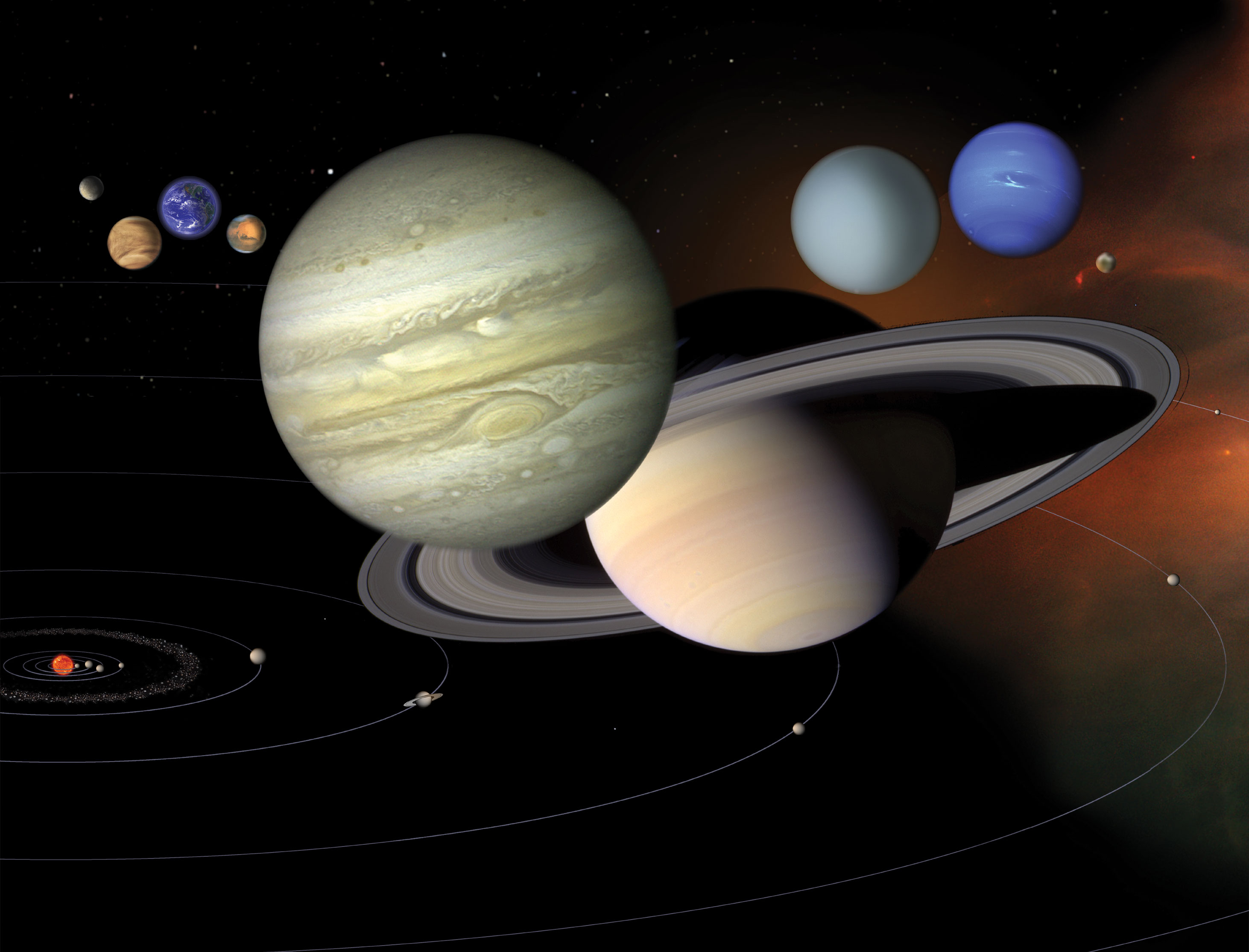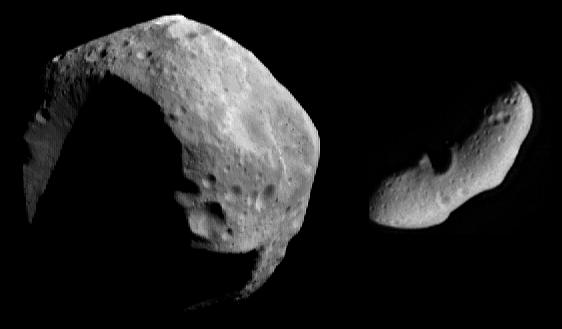
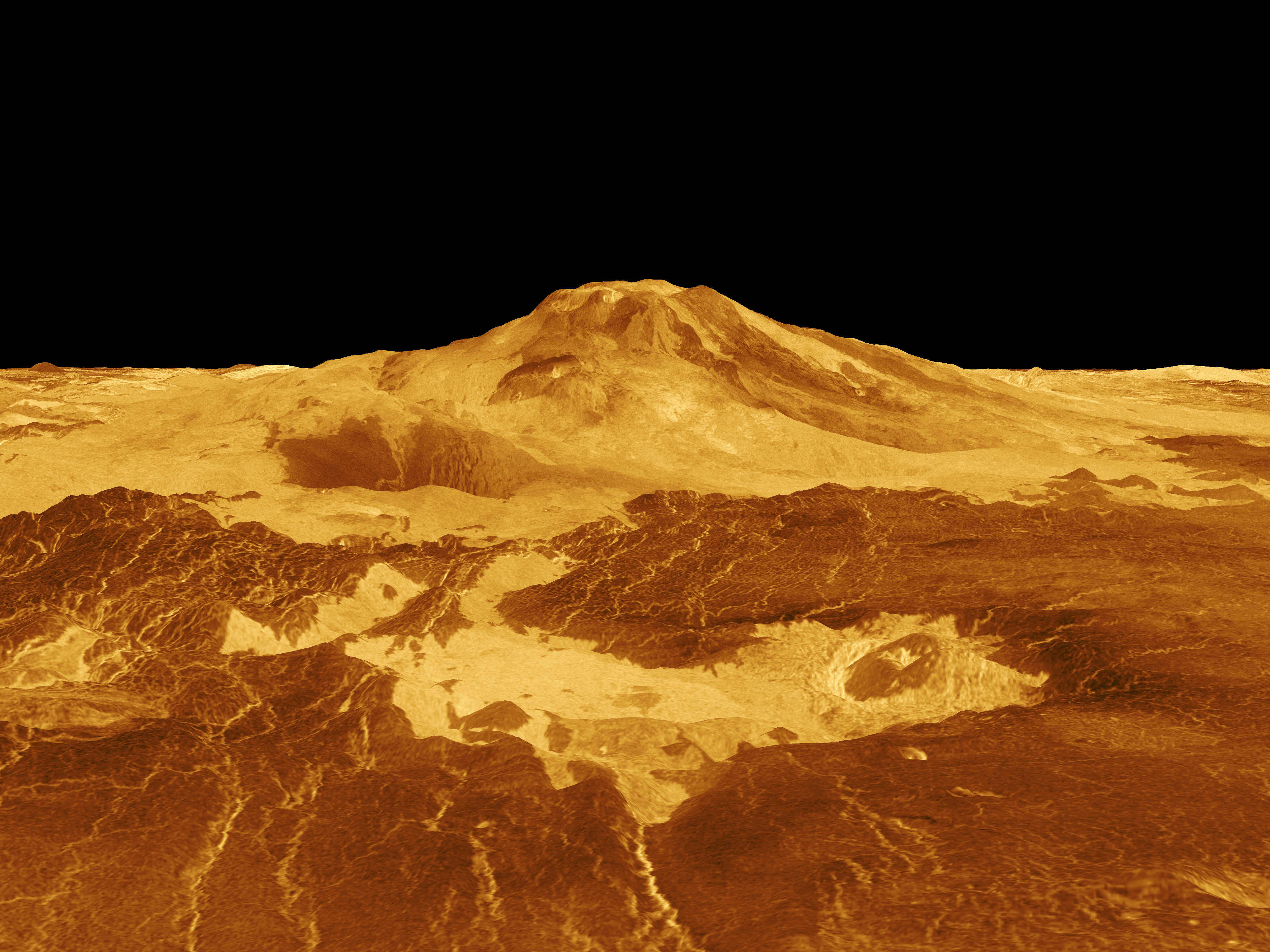
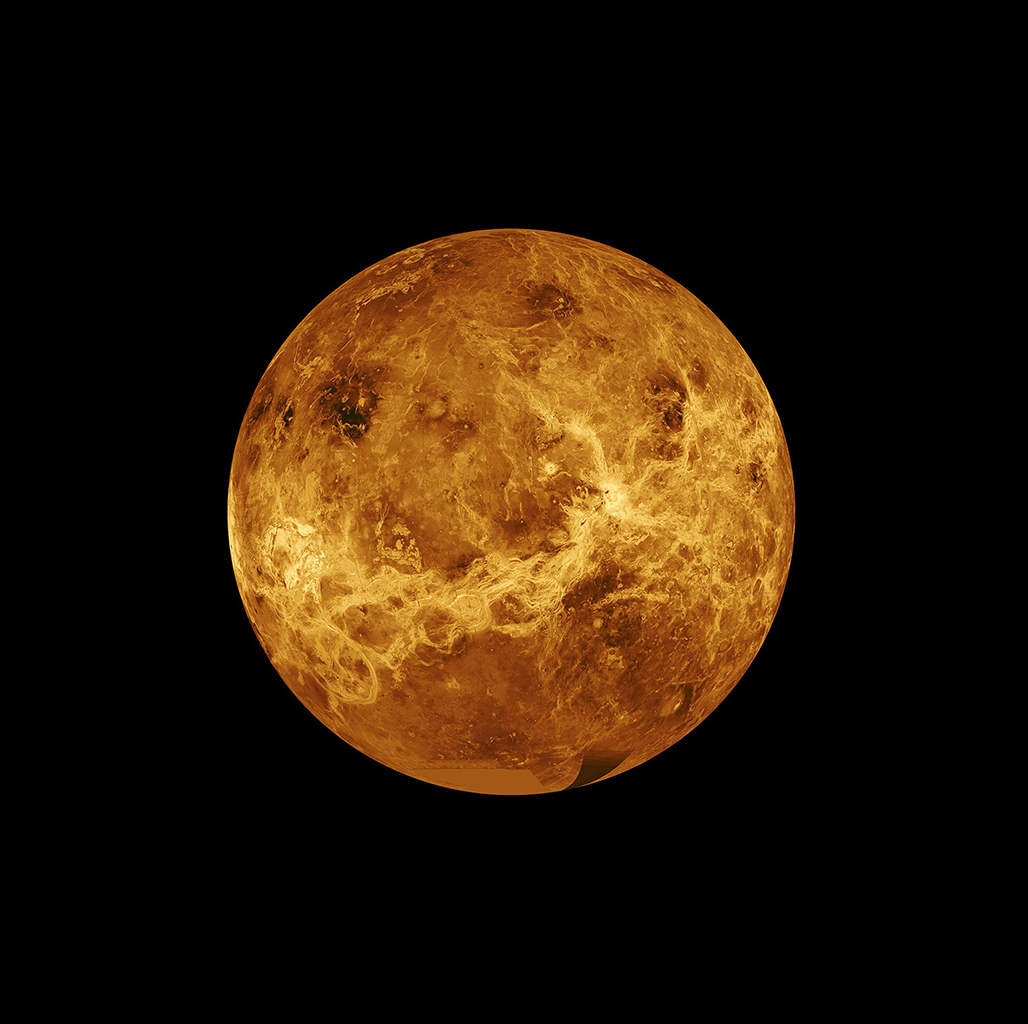
Venus: Exploration
Dozens of spacecraft have launched for Venus, but not all have been successful. NASA's Mariner 2 was the first spacecraft to visit any planet beyond Earth when it flew past Venus on Dec. 14, 1962. NASA will launch two missions to Venus in the next decade, and ESA will launch one.
PLANET Location
Inner Solar System
FIRST NASA MISSION
Mariner 2
TOTAL MISSIONS
40+
FUTURE MISSIONS
3
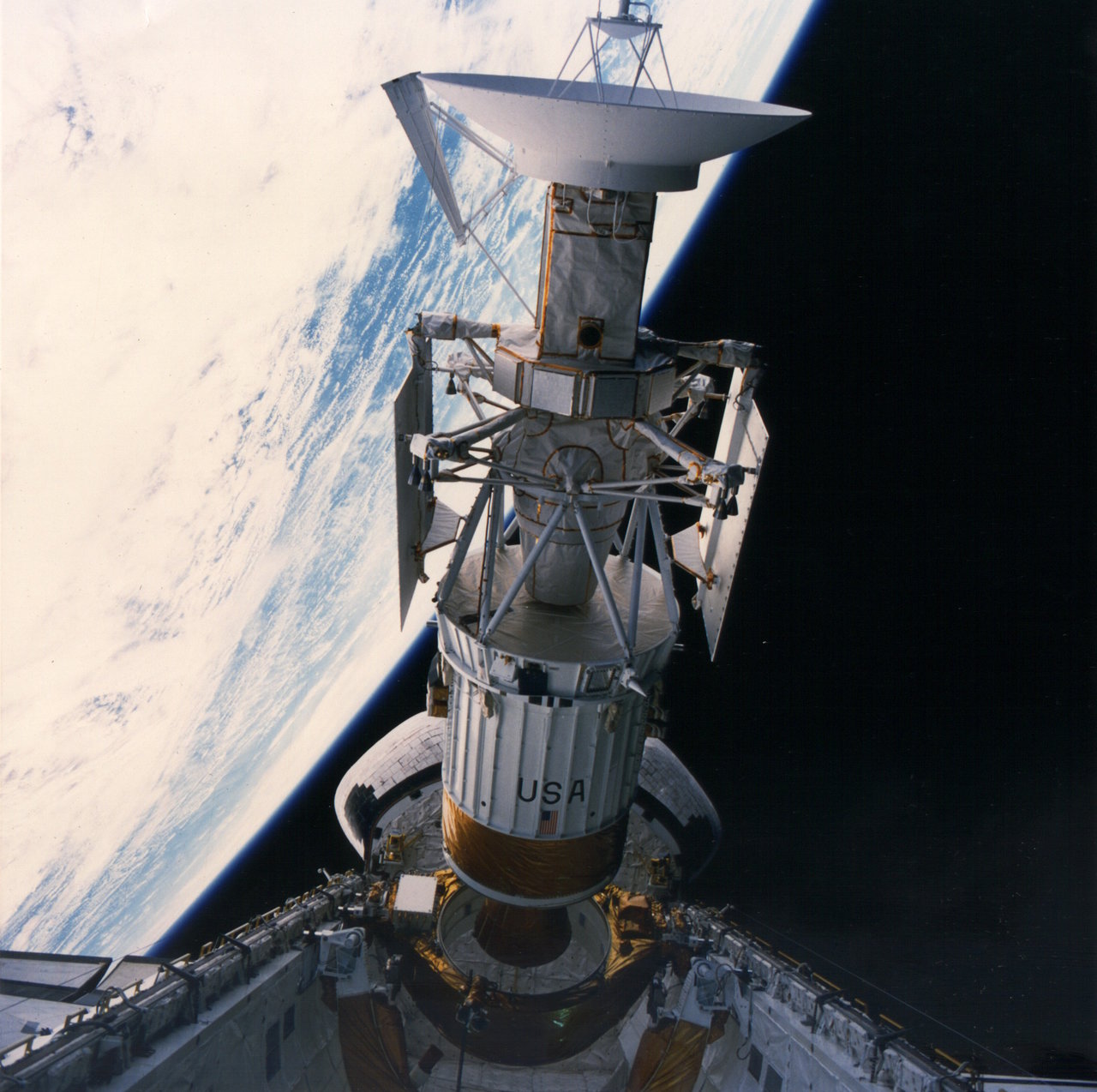
Exploring the surface of Venus is difficult because of the intense heat and crushing air pressure. The longest any spacecraft has survived on the surface is a little over two hours – a record set by the Soviet Union's Venera 13 probe in 1981.
Featured Missions to Venus
More than 40 missions have been launched to explore Venus.
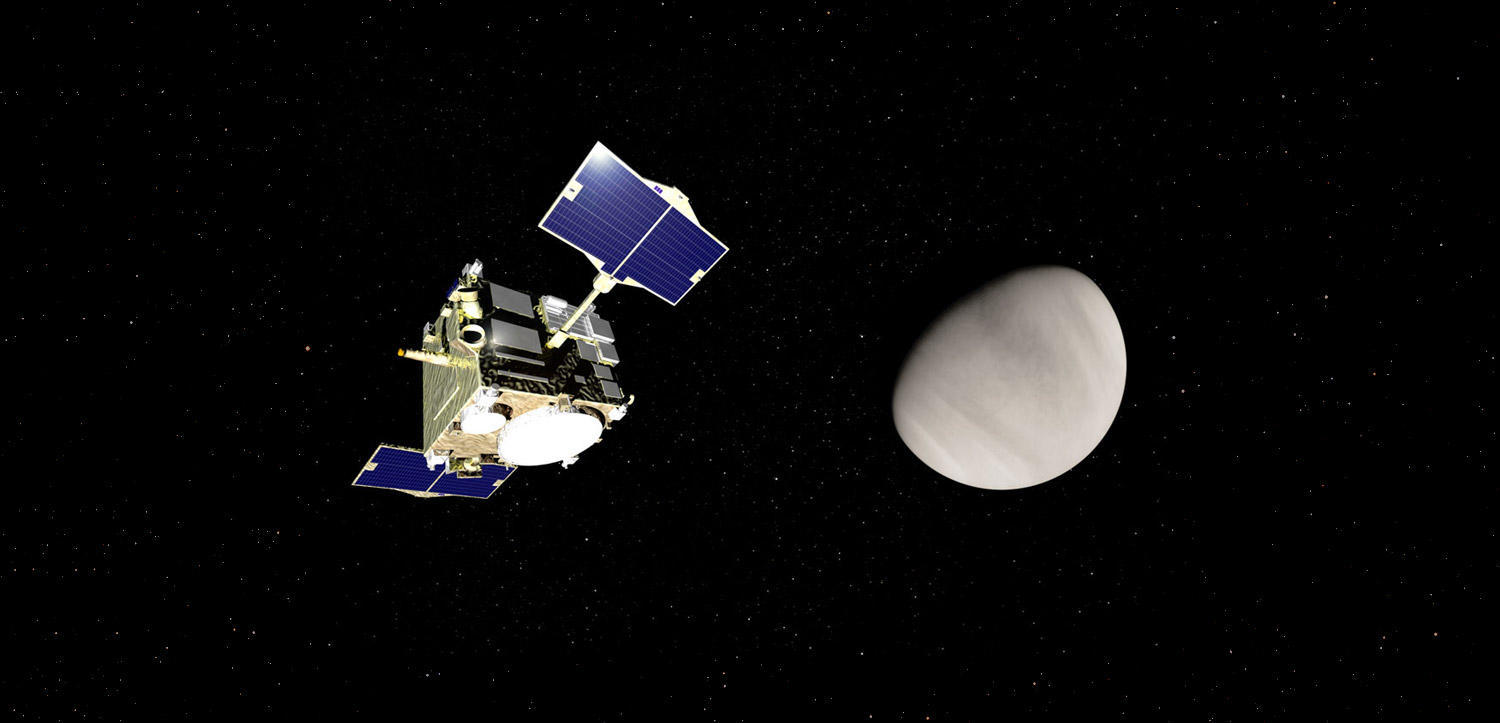
Akatsuki
Akatsuki is Japan's first mission to explore Venus. It launched May 21, 2010, and is the only active mission at Venus.
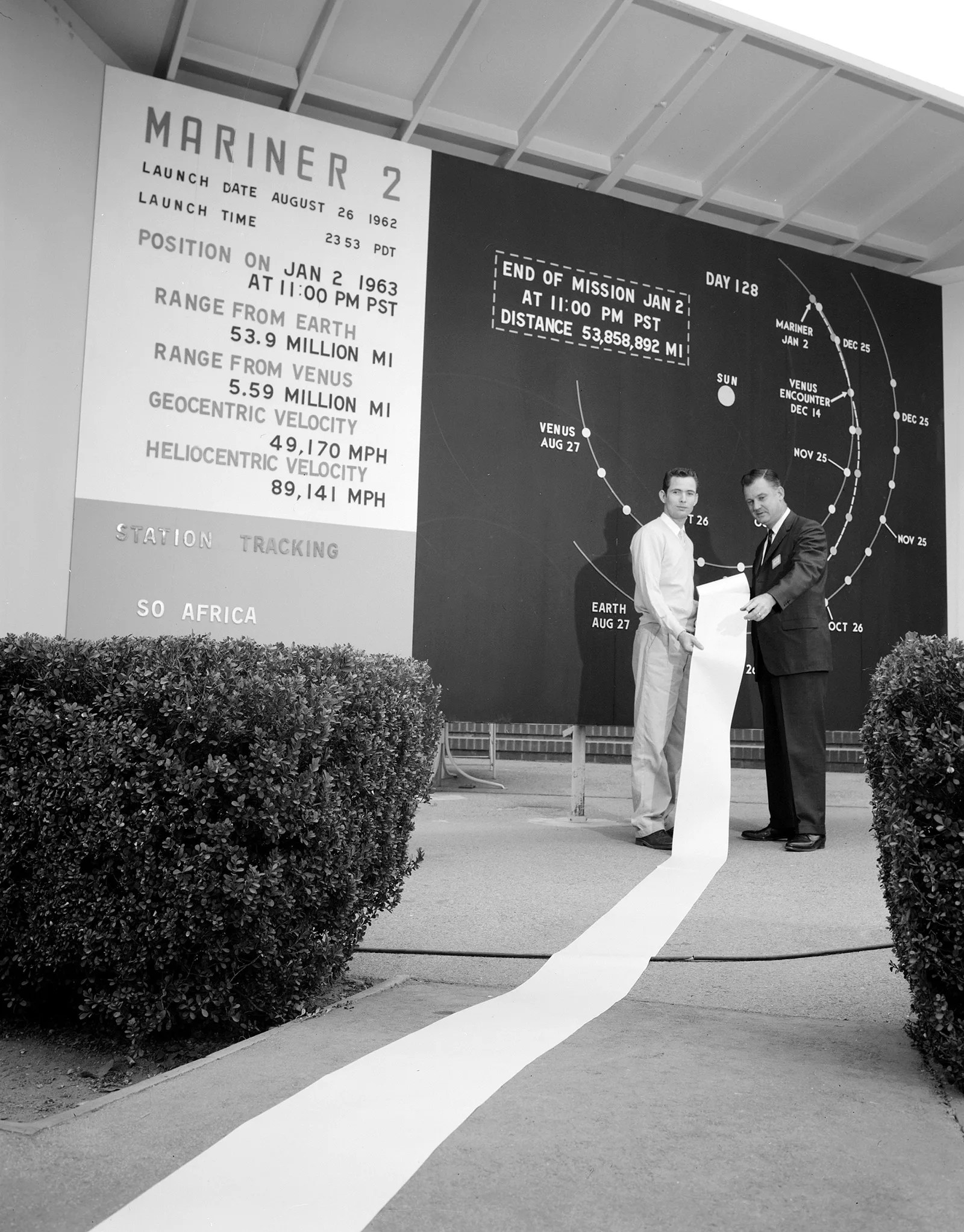
Mariner 2
Mariner 2 became the first successful mission to another planet when it flew by Venus on Dec. 14, 1962.
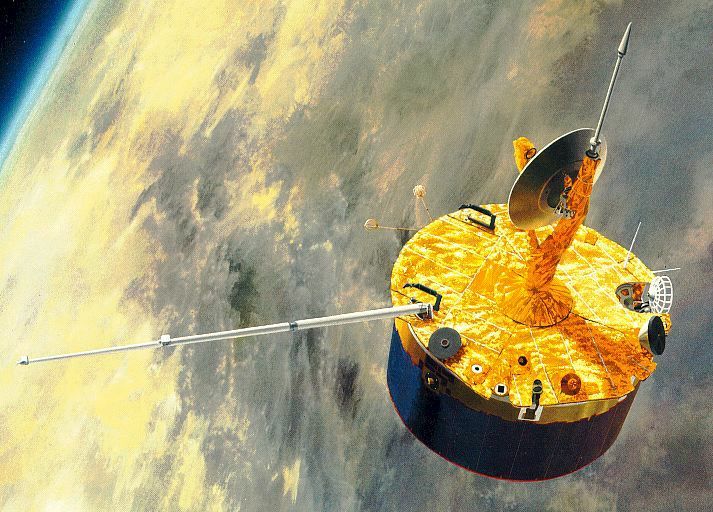
Pioneer Venus 1
Pioneer Venus 1 launched on May 20, 1978, and was the first American spacecraft to orbit Venus.
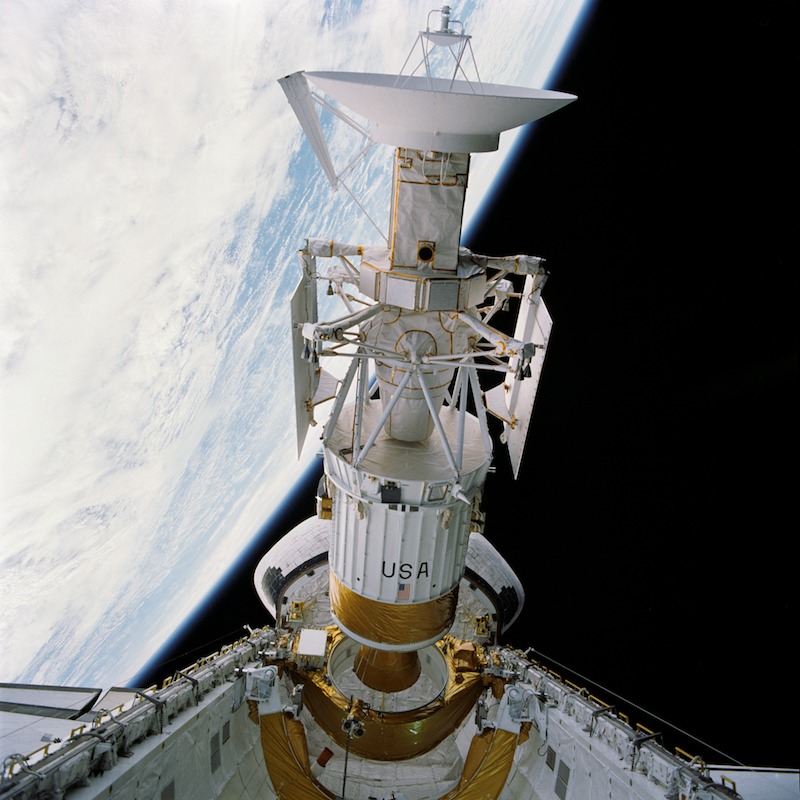
Magellan
NASA's Magellan launched May 4, 1989, and was the first spacecraft to image the entire surface of Venus.

Venus Express
Venus Express launched Nov. 9, 2005, and was the first European spacecraft to orbit Venus.
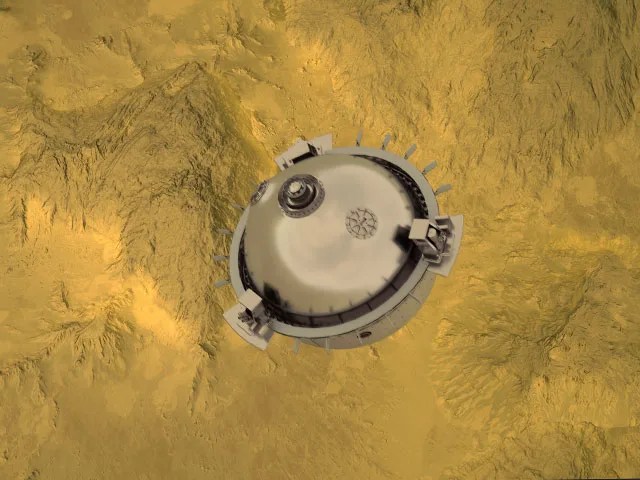
DAVINCI
This future NASA mission will study Venus from near the top of the clouds to the planet’s surface.
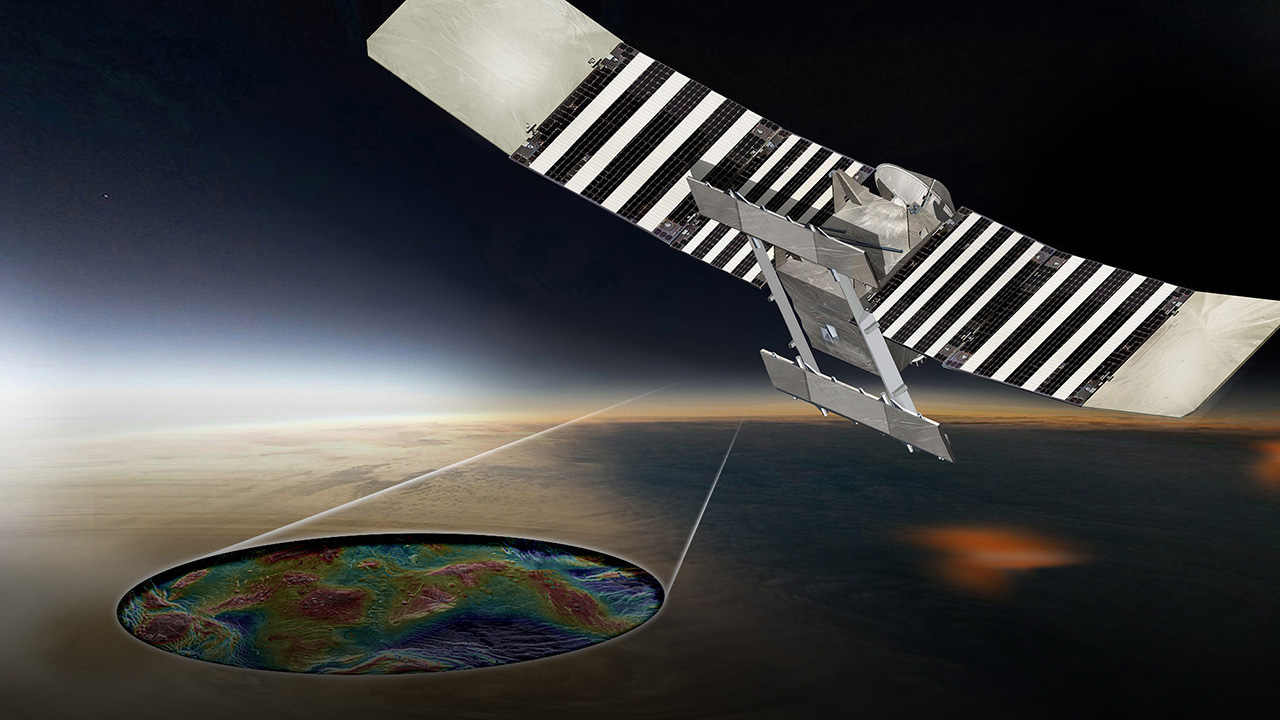
VERITAS
VERITAS will be among the first NASA spacecraft to explore Earth’s sister planet Venus since the 1990s.
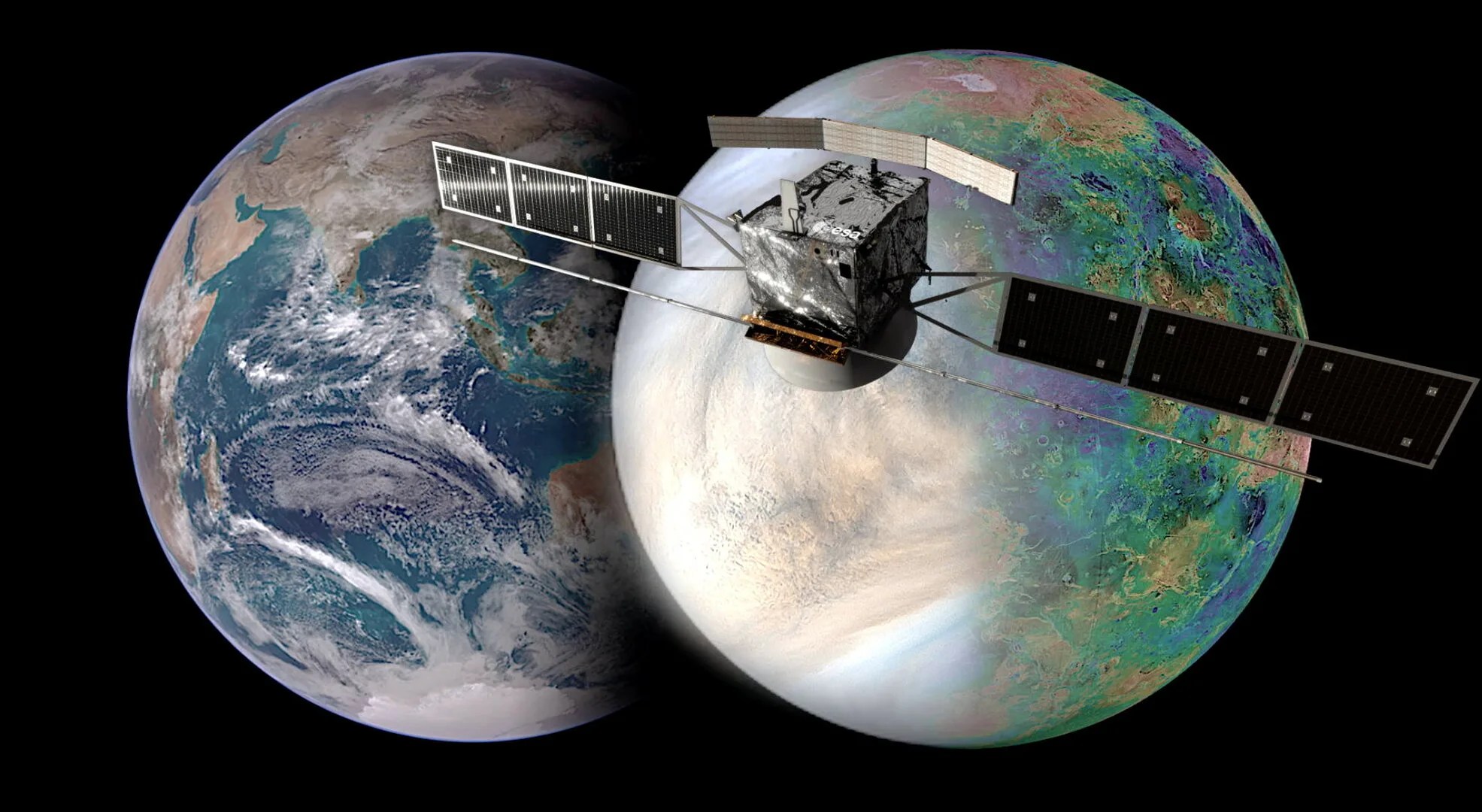
EnVision
EnVision is an ESA Venus orbiter set to launch in the early 2030’s, to study the planet’s history, activity and climate.
All Missions to Venus
Launch Date | Spacecraft | Nation | Type | Outcome |
|---|---|---|---|---|
Feb 4, 1961 | 1VA/1 | USSR | Impact | Failure |
Feb 12, 1961 | 1VA/2 | USSR | Impact | Failure |
Jul 22, 1962 | USA | Impact | Failure | |
Aug 27, 1962 | USA | Flyby | Success-First | |
Sep 1, 1962 | 2MV-1/4 | USSR | Impact | Failure |
Sep 12, 1962 | 2MV-2/1 | USSR | Impact | Failure |
Feb 19, 1964 | 3MV-1A | USSR | Flyby | Failure |
Mar 27, 1964 | Kosmos 27 | USSR | Impact | Failure |
Apr 2, 1964 | Zond 1 | USSR | Flyby | Failure |
Nov 12, 1965 | Venera 2 | USSR | Flyby | Success |
Nov 16, 1965 | Venera 3 | USSR | Impact | Success-First |
Nov 23, 1965 | Kosmos 96 | USSR | Impact | Success |
Jun 12, 1965 | Venera 4 | USSR | Atmospheric Probe | Success-First |
Jun 14, 1965 | USA | Flyby | Success | |
Jun 14, 1967 | Kosmos 167 | USSR | Impact | Failure |
Jan 5, 1969 | Venera 5 | USSR | Atmospheric Probe | Success |
Jan 10, 1969 | Venera 6 | USSR | Atmospheric Probe | Success |
Aug 17,1970 | Venera 7 | USSR | Lander | Success-First |
Aug 22, 1970 | Kosmos 359 | USSR | Lander | Failure |
Mar 27, 1972 | Venera 8 | USSR | Lander | Success |
Mar 31, 1972 | Kosmos 482 | USSR | Lander | Failure |
Nov 3, 1973 | USA | Flyby | Success | |
Jun 8, 1975 | Venera 9 | USSR | Orbiter/Lander | Success-First |
Jun 14, 1975 | Venera 10 | USSR | Orbiter/Lander | Success-First |
May 20, 1978 | USA | Orbiter | Success | |
Aug 8, 1978 | USA | Impact | Success | |
Sep 9, 1978 | Venera 11 | USSR | Lander | Success |
Sep 14, 1978 | Venera 12 | USSR | Lander | Success |
Oct 30, 1981 | Venera 13 | USSR | Lander | Success |
Nov 4, 1983 | Venera 14 | USSR | Lander | Success |
Jun 2, 1983 | Venera 15 | USSR | Orbiter | Success |
Jun 7, 1983 | Venera 16 | USSR | Orbiter | Success |
Dec 14, 1984 | Vega 1 | USSR | Lander | Success |
Dec 21, 1983 | Vega 2 | USSR | Lander | Success |
May 4, 1989 | USA | Orbiter | Success-First | |
Oct 18, 1989 | USA | Flyby | Success | |
Oct 15, 1997 | USA | Flyby (multiple) | Success | |
Nov 9, 2005 | Venus Express | ESA | Orbiter | Success |
May 20, 2010 | Akatsuki | Japan | Orbiter | Success |
May 20, 2010 | Shin'en | Japan | Encounter | Partial Success |
May 20, 2010 | IKAROS | Japan | Flyby | Success |
Aug 12, 2018 | USA | Flyby (multiple) | Success | |
Oct 20, 2018 | BepiColombo | ESA/JAXA | Flyby (multiple) | Success |

